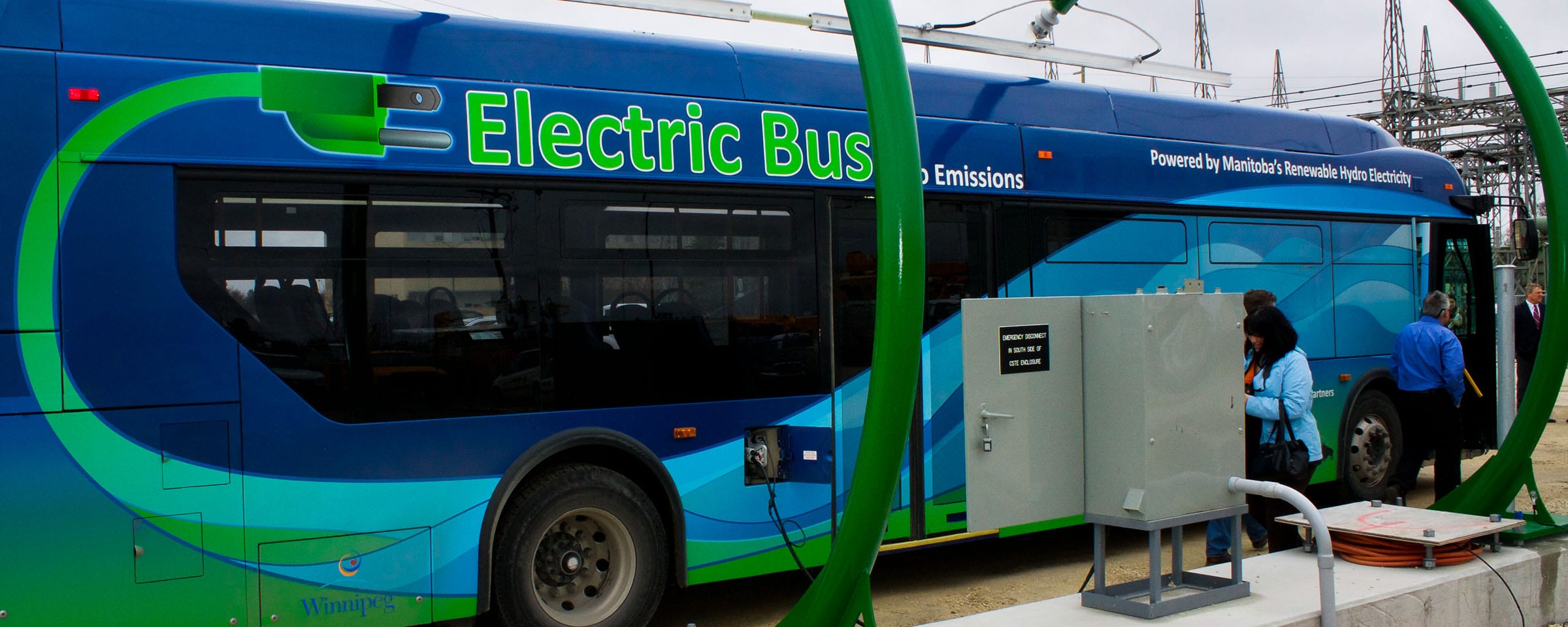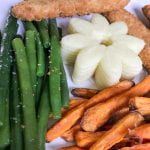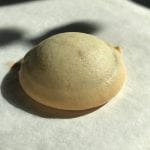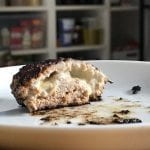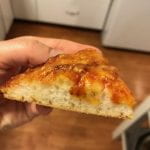What we’re doing is working… from home
Exploring new culinary equipment while social distancing
In response to the COVID-19 crisis, many staff at Red River College are practicing social distancing by working from home. While this transition can be fairly straight-forward for some, what about programs that are more “hands-on,” that require access to equipment and materials beyond a computer?
For Anna Borys of the Prairie Research Kitchen, working from home gives her the time and space to explore the Foodini – a piece of equipment that, until recently, the Culinary Research team had little time to explore.
Just one of the modern pieces of equipment that’s housed in the Prairie Research Kitchen, the Foodini is a 3D printer for food. It’s capable of printing consistent, detailed designs – “like a super-smart piping bag,” says Anna.
Not much bigger than a microwave, the Foodini is relatively portable, which made it the perfect device to experiment with from Anna’s home kitchen.
“It’s a very simply thought-out machine in terms of how it’s built,” says Anna.
The Foodini features a built-in Android tablet with pre-loaded software that includes suggestions for recipes, though any chef is welcome to upload their own creations or hook up another device – which Anna recently did to print a candy version of the Winnipeg Jets logo.
- 3D-printed mashed potatoes
- Cookie filled with chocolate ganache
- A stuffed burger pattie
- Pizza with 3D-printed dough
Once the recipe is ready, the next step is to load up the canister (there are five altogether) with ingredients and hit “print.”
The machine is typically marketed to restaurants and bakeries, but also hospitals – since it prints soft food, it’s helpful for patients who have trouble swallowing.
“I’ve been working with it to explore prototyping uses in culinary research,” says Anna.
Anna is exploring the Foodini’s capabilities from home, investigating how she can leverage the device to benefit clients of the Prairie Research Kitchen. So far, she’s used it to print mashed potatoes shaped like flowers, pizza crust, filled cookies, and stuffed burger patties.
She’s also explored printing designs in chocolate, which is tricky since chocolate hardens so quickly. However, she was able to print a pretty accurate (and tasty) depiction of the RRC logo.
One obvious benefit of the Foodini is its precision and visually pleasing results, which makes for beautiful food photography and eye-catching marketing opportunities for clients. Other uses may include testing botanicals in different food systems.
Anna’s photography skills are coming in handy with another of her working-from-home assignments. She’s working, from a distance, with a student from RRC’s Hospitality program on developing cocktail and mocktail recipes for a client.
“The student is doing a project from home that requires some mixology,” says Anna. “She has to come up with four or five drink recipes. I’ve instructed her to write them in a way that someone who doesn’t mix cocktails could understand.”
The student then relays the recipes to Anna, who concocts the drinks and takes photos of them at her home studio.
“It’s like a trust-building exercise,” says Anna. “We’re working apart, but towards the shared goal of having the same end product.”
